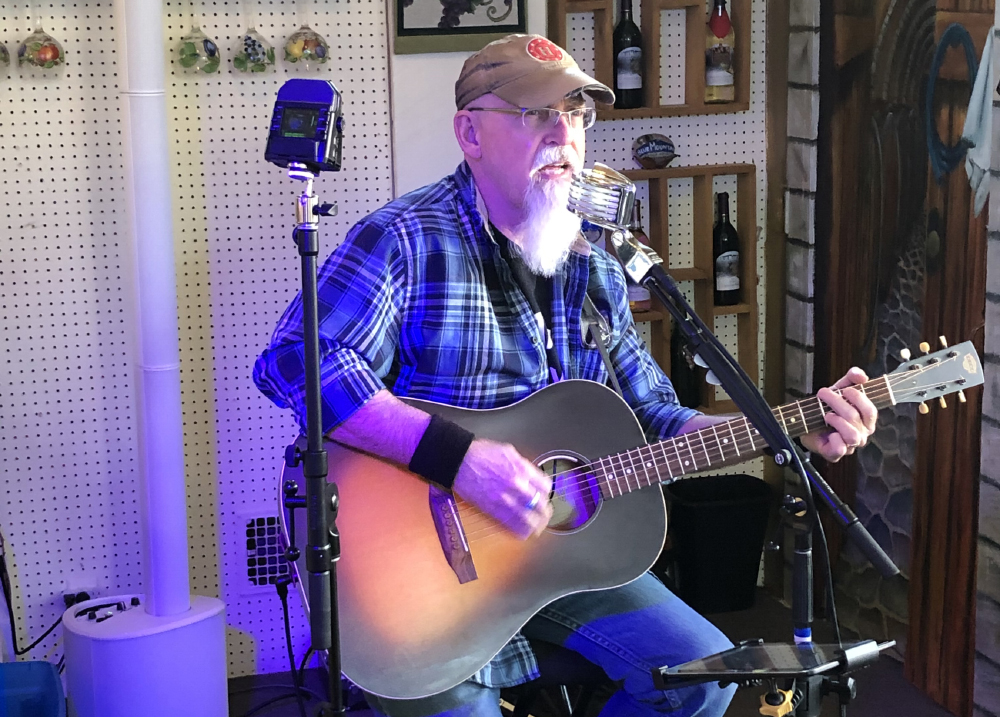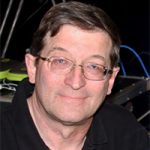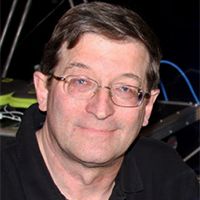Little did I realize when I suggested doing a test with battery and solar powered audio production that it would quickly gain so much popularity with cover bands. I’ve had at least a dozen readers of this article series, as well as from other musician forums, contact me about their successful gigs using battery power.
As I’ve detailed in the first six articles of this series, there have been huge advances in battery storage over the past few years. Lithium technology has provided a super lightweight battery with a pure sine wave 120-volt AC inverter that you can pick up with one hand, but which can power stage amps and a reasonably sized sound system for hours. That means you can now do gigs and party events at the beach, in the woods, or at a parking lot far away from an AC electrical outlet, all without having to drag along a generator with exhaust fumes and noise.
Here are just a few examples of my various road experiments this past summer, some of which used a portable power station (such as units from Jackery, Southwire and others), plus a few portable loudspeakers with their own Lithium batteries.
Winery Gigs
One of the hardest working musicians in my area is Jeff Taulton, who always has as many gigs as he wants. While normally playing bass, he also does a solo and duet act on six-string guitar and vocals. The photo with this article shows him performing at a local winery, entertaining the room solo.
While this particular gig was inside next to an electrical outlet, I asked him to test a battery powered loudspeaker for the afternoon just to see how it would perform. We placed it behind him for monitoring (with no feedback issues at all) and he ran it for three sets on battery.
Many of these portable battery-powered line array sound systems include a basic four-to-eight-channel mixer, along with reverb, compression and equalization, all controlled from a smart phone or tablet. This setup can easily handle a few hundred listeners with this style of music and would also work great in a vineyard and for intro/walk-in music at a beach wedding.
Sax Solo Gigs
Another road trip event that worked well was my music colleague Mike Lushbaugh performing at the local airport hangar. He was originally scheduled to play out on a runway hundreds of feet away from an electrical outlet, but they moved him inside due to the weather.
We tested the JBL EON ONE loudspeaker with its own lithium battery stick on Mike’s sax for his “Star Spangled Banner” solo and it easily projected to a crowd of several hundred listeners scattered across the field. He also plays taps for military burials and would like additional amplification and some reverb on his sax.

In fact, he’s planning to purchase an EON ONE cabinet with a spare battery pack for himself. It’s super-easy to plug together, plug in his sax mic, and cover as much listener territory as needed.
Tube Amp On A Portable Power Station
I also loaned a Jackery 1500 Explorer to Mike Wicklein, one of my production colleagues, who took it to the Roots Rock Festival in New York a few months ago. He did a few tests for the various workshops that took place around the festival. The photo below shows one of the workshop players with a medium-size Fender tube amp powered by the Jackery and a 100-watt solar panel.

Maximum wattage draw from the guitar amp was around 40 watts, and it turns out the single 100-watt solar panel was actually gathering more power from the sun than the guitar amp was using. So basic math indicates the electric guitar amp could have easily been powered for over 24 hours on battery power alone. And if you added a 100-watt solar panel it would run forever (as long as the sun shined a few hours each day).
Video Production Power
In addition to being a musician and pro sound engineer, I’ve also worked on a lot of video production crews, with Mike Wicklein again employing a Jackery 1500 to power his interview setup with lights, cameras and recorders. Normally this would have required hundreds of feet of extension cord or a noisy generator, but he was able to power his entire video production rig for days on just sunshine and a portable power station.

Note that all of these solar generators/power stations make a pure sine-wave 120-volt AC output, so anything you can plug into a wall outlet should work just fine as long as you don’t exceed the power output capabilities. But as an example, the Jackery 1500 used in these examples has a built-in 1,500-watt pure sine inverter with a 3,000-watt surge capability. So, it can power a lot of different types of sound and video gear, along with some LED lights.
The evaluations will continue, and I look forward to providing further updates as we go.















